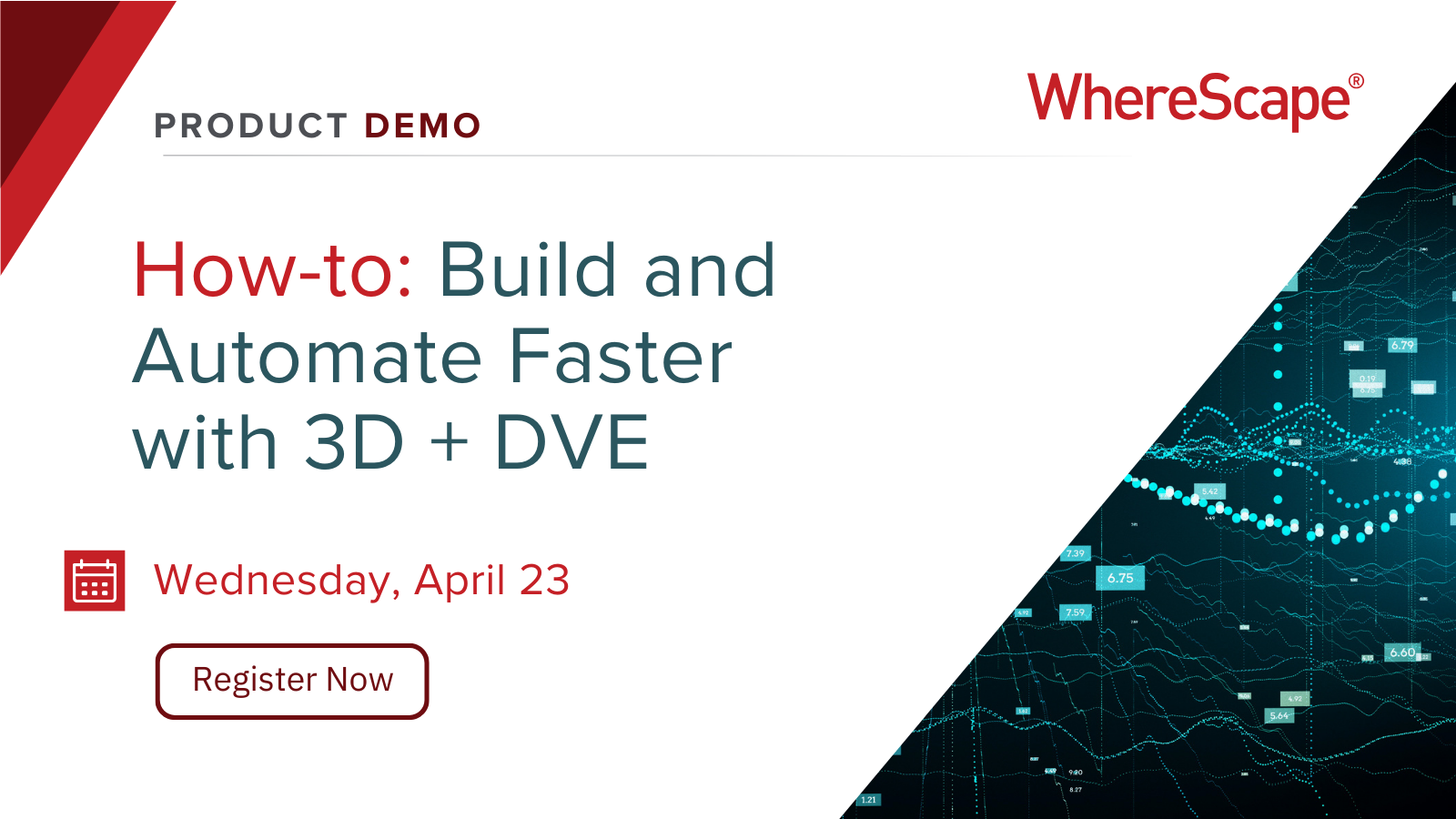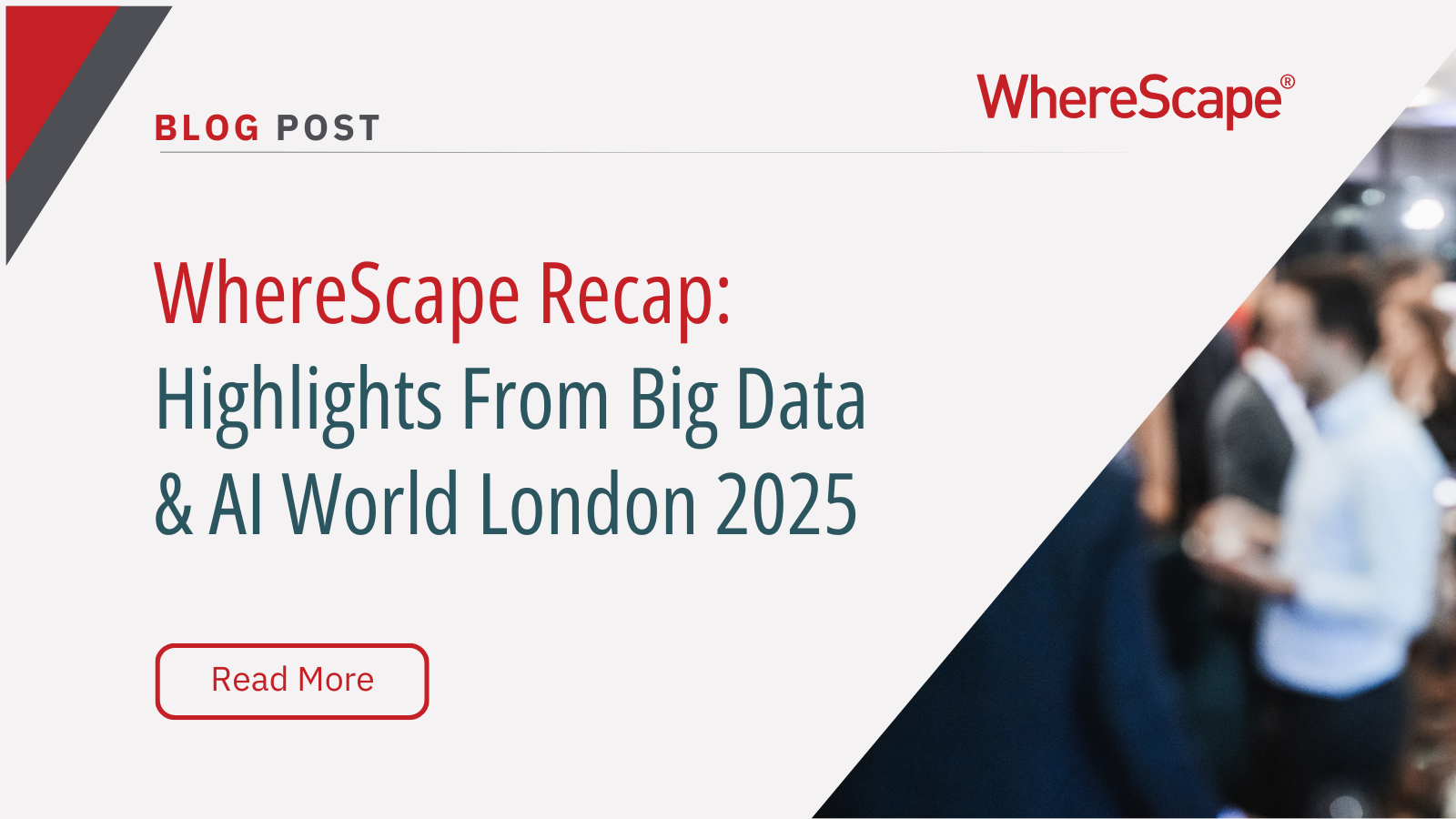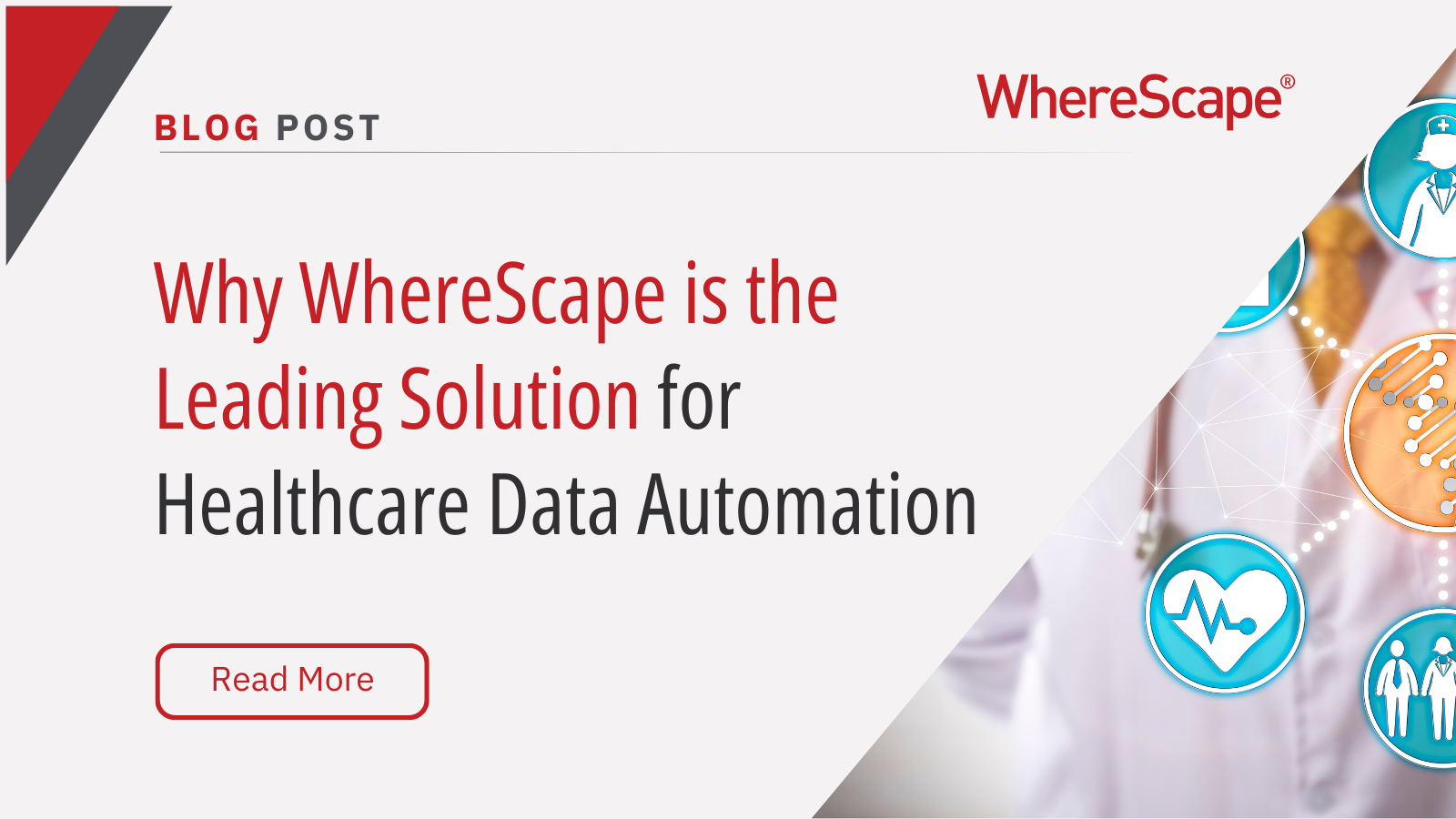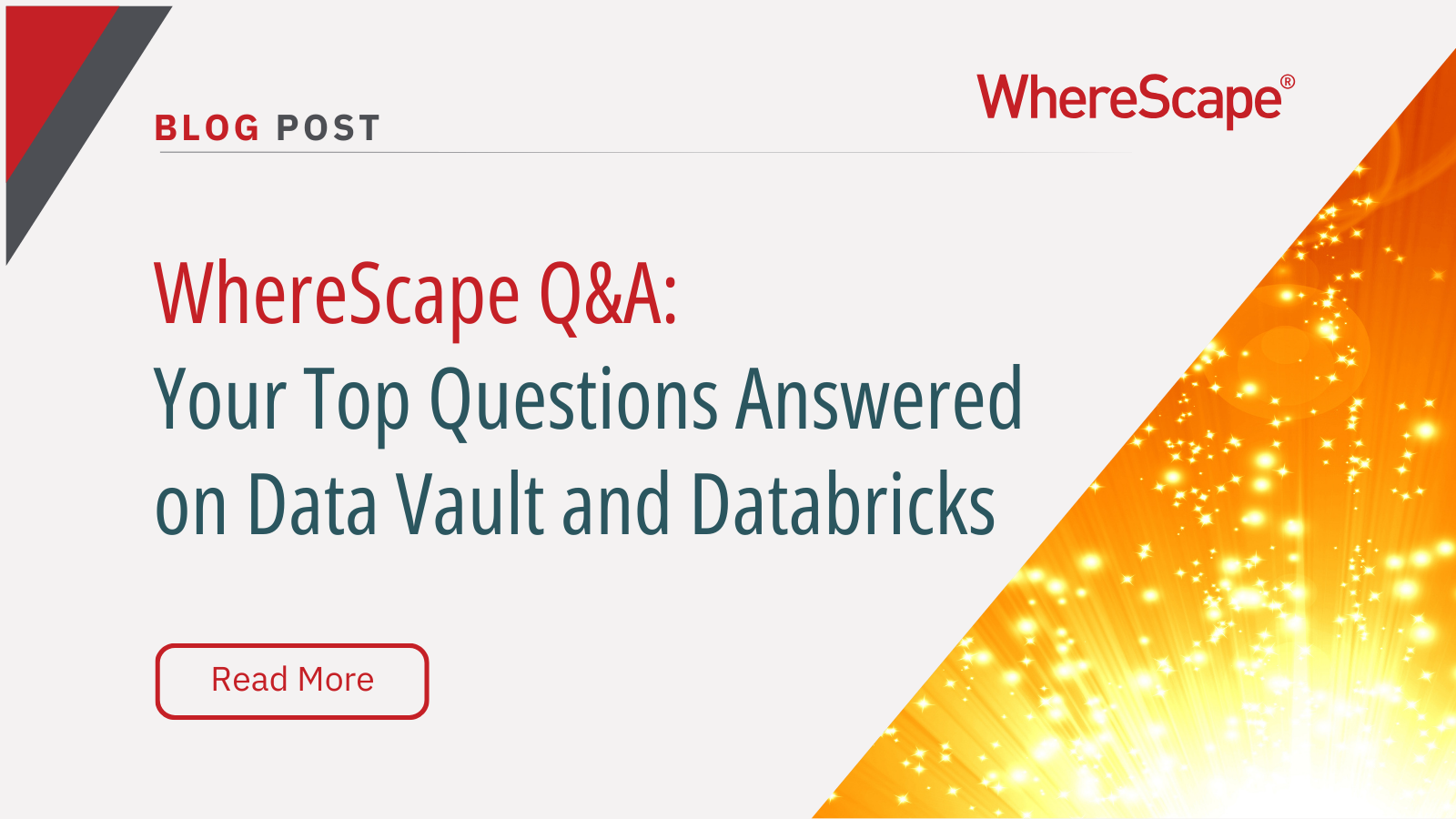Ready to explore Data Vault automation...
Revolutionize Your Data Strategy: The Benefits of Data Warehouse Automation
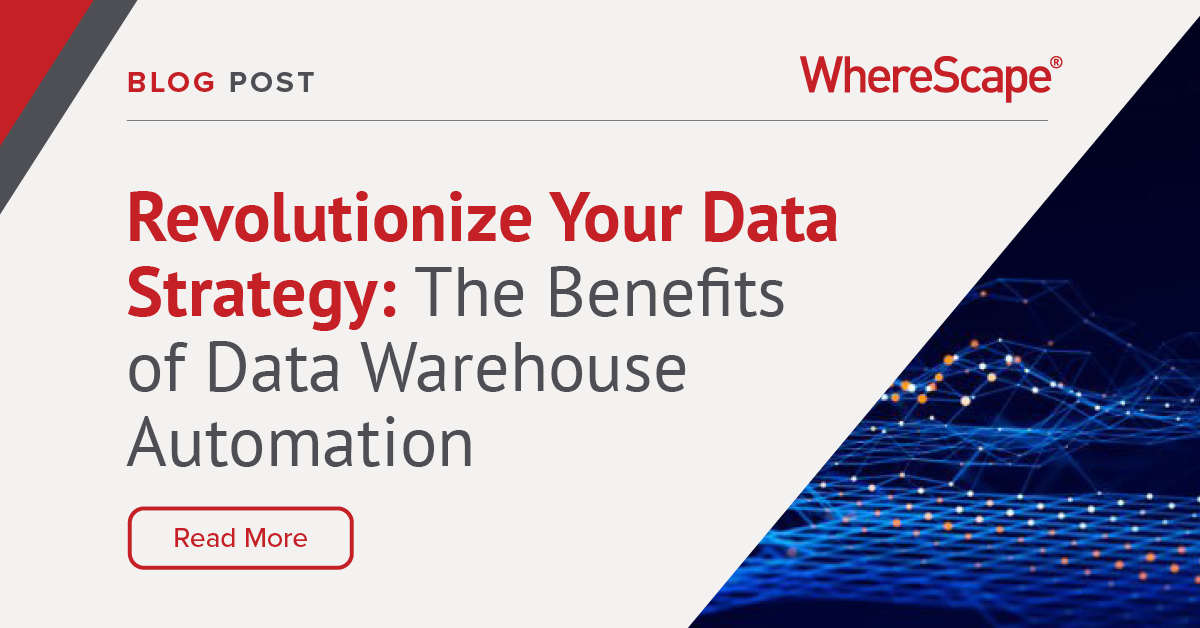
Have you explored the transformative potential of Data Warehouse Automation in your organization for data visualization, improved data quality, and fostering data-driven decisions?
Having been in the technical arena for a long time (I’ve actually used punch cards), I’ve assumed that everyone knows about and wants to use data warehouse automation.
Whether in coding, system administration, or data warehouse development, automation has always been the way to get the job done easier, faster, and with better results. My job now focuses on Data Warehouse Automation (DWA) – designing, developing, deploying, and operating data warehouses using the WhereScape data automation tools, enhancing efficiency and the richness of the data set available for analysis.
However, I’ve realized that many organizations and IT departments still haven’t fully adopted data warehouse automation. Some think it is too rigid, saying it “destroys creativity” or doesn’t apply in their unique environment, with some expressing, “I can write code better than some automation tool!” Let me start by explaining some non-obvious benefits of DWA, particularly in improving data quality and aiding in creating data-driven decisions, and then address some common objections.
Data Warehouse Automation
Automation, whether it’s technical (like WhereScape), in manufacturing, post office sorting, or any other field, does two things: reduces errors and increases consistency. Someone looking to adopt DWA, rather than hand-coding or piece-mealing their data warehouse, immediately thinks they will get to the finish line faster. And they will. But what’s not obvious is how DWA changes the race and continues after the race is over.
DWA
DWA can have EXTREME improvements in productivity. Without the hand-offs and waiting on others, without introducing typing errors, and being able to “fail fast,” you can do in minutes what otherwise might take hours or days. I can sit down with a developer using Yellowfin, Tableau, or PowerBI and make changes to the development environment right in front of them. Do they want a new calculated column added? Maybe they want a transform changed so NULL values in a column are no longer NULL.
With WhereScape, I can make those changes in under a minute and update the data warehouse right in front of them. They can then immediately use their tool of choice to query that new structure and give immediate feedback. This not only expedites the process of data analytics but also ensures a high level of data quality, crucial for making accurate data-driven decisions. This approach drastically changes how we work, fostering greater collaboration with the business in the development effort and enhancing the overall value of our data sets.
Ongoing Data Warehouse Management
The second benefit of Data Warehouse Automation, particularly when using a comprehensive data warehouse automation tool like WhereScape, emerges after the data warehouse is deemed ‘complete.’ In reality, a data warehouse is never truly finished. We are continually integrating new data sources, adapting data pipelines, and responding to evolving governmental regulations, which often demand new types of transformations and compliance with diverse types of data.
WhereScape offers the less obvious but crucial benefit of enabling developers to manage and modify these data pipelines using a consistent and unified approach. This uniformity in development style means changes are faster and more efficient because there’s no need to unravel the methodologies of different consultants who may have previously worked on the project. With automated wizards and tools, developers can swiftly describe and implement changes, ensuring the data warehouse automation tool remains adaptive and current.
In contrast, hand-coded environments often become increasingly complex over time. As the system expands, it becomes prone to a higher rate of errors. These errors compromise data integrity and make modifications progressively more time-consuming and challenging. In such scenarios, automated solutions like WhereScape’s DWA prove invaluable. They ensure that changes, regardless of the type of data or the complexity of the data pipeline, are implemented quickly and accurately, significantly reducing the likelihood of errors and the time taken for modifications.
This aspect of Data Warehouse Automation underscores the dynamic nature of data management. It highlights the importance of selecting a robust and versatile data warehouse automation tool that can adapt to the ever-changing data requirements and regulations landscape, ensuring your data infrastructure remains efficient, compliant, and up to date.
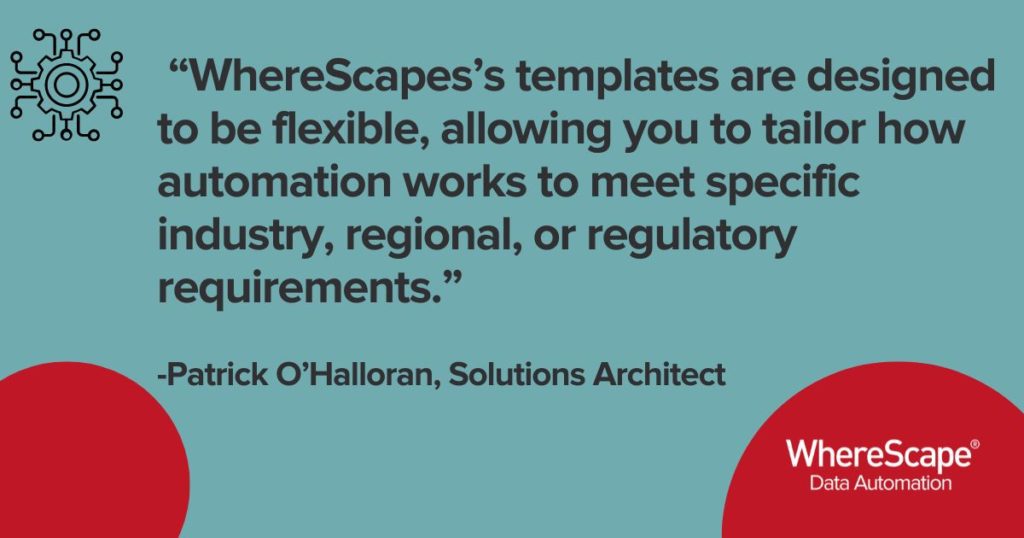
Automated Data Warehousing
Now, let’s address some common objections about automated data warehousing. A frequent concern is that “Automation of any kind is too rigid.” However, this concern is mitigated with WhereScape’s use of templates within the data platform. Thesec This adaptability ensures that you can reap the full benefits of Data Warehouse Automation (DWA) while adhering to your organization’s unique constraints.
Another objection often voiced is that “DWA destroys creativity.” On the contrary, DWA, especially in the context of an automated data warehousing system, removes a lot of mundane and repetitive tasks, but the need for creativity remains vital. It simply shifts to a more strategic level. Instead of countless hours writing code by hand, creative energy is directed toward designing solutions and templates that extract data more efficiently and effectively. This approach allows for innovation in handling and processing data within the data platform.
Recognizing that every environment is unique is important. Every business has its own challenges, restrictions, or requirements that might seem exclusive to them. And to a certain extent, this is true. WhereScape’s template-driven approach, a cornerstone of modern automated data warehousing, provides the flexibility to modify the data warehouse and the entire WhereScape development environment.
This means you can add fields to wizards, restrict options, and alter the way WhereScape extracts and processes data, tailoring the system to meet your organization’s specific needs. This adaptability ensures that WhereScape can fit into any business context, providing a robust and versatile data model platform that meets diverse requirements.
Code Generation
Lastly, I’ve heard complaints for decades about how automation, in any field, generates sloppy code, and someone can hand-write better code. I’m sure that they can.
However, writing code is only part of a project. As a programmer, I spent 25% of my time writing code, 50% debugging it, and 25% maintaining something someone else had written.
Can I write better code than generated code? Probably. Can I handwrite tens or hundreds of thousands of lines of code that is clear, documented, and works the first time? No. So, someone can probably write better code, but it won’t be as maintainable or easy to modify as generated code. Writing code is only part of a larger solution.
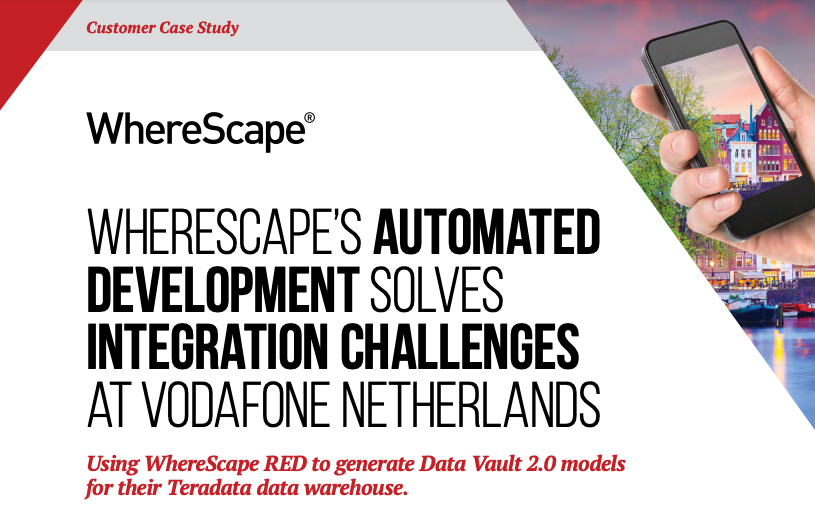
Vodafone Netherlands’ Data Warehouse Automation
To illustrate the transformative impact of Data Warehouse Automation, let’s delve into a compelling case study: Vodafone Netherlands, a part of the global mobile telecommunications giant, Vodafone Group.
Challenges and Solutions:
Vodafone Netherlands faced several challenges with its existing ETL development, which was complex and costly. By implementing WhereScape RED for their Teradata data warehouse, they could generate Data Vault 2.0 models, leading to numerous benefits:
- Decommissioning Old Systems: They began phasing out their ETL solution in favor of WhereScape RED, leading to substantial cost savings.
- Accelerated Time to Market: What previously took six months to complete could be achieved in just a few days.
- Enhanced Data Processing Speed: Data loading times were reduced by 90%, significantly boosting efficiency.
Strategic Approaches:
Vodafone’s approach was multifaceted, focusing on leveraging the power of Teradata, integrating Data Vault 2.0, and utilizing WhereScape RED’s ELT functionality. They adopted an Agile/fail-fast methodology, allowing rapid development and deployment of data solutions.
Impactful Outcomes:
The implementation profoundly affected Vodafone’s business operations:
- Cost Effective: Significant savings were realized by replacing their traditional ETL solution with WhereScape RED.
- Operational Efficiency: Faster processing and loading times led to more efficient day-to-day operations to help them save time.
- Data Quality Improvement: They could effectively detect and address data quality issues.
- Agile Development: The shift to Agile methodologies enabled quicker delivery of initiatives, with the ability to adapt and iterate rapidly.
Looking Ahead:
Looking ahead, Vodafone Netherlands plans to leverage big data integration with their Teradata data warehouse, using WhereScape RED to generate code for Hadoop environments. This step is seen as a crucial evolution in their data management strategy.
The case of Vodafone Netherlands exemplifies the powerful impact of Data Warehouse Automation. By integrating WhereScape RED, they not only streamlined their processes and reduced costs but also set a path for future innovations in data handling and analytics. This story is a testament to the potential of DWA in transforming how businesses manage and utilize their data resources.
Read the Vodafone case study here.
WhereScape Data Automation
Data Warehouse Automation with WhereScape is an incredible technology. You can finish data warehouse projects in months instead of years, and weeks instead of months. You’ll find that your development productivity increased 4x, 8x, or 12x. I know one company that spent two months discussing how to implement a Type 2 slowly changing dimension.
With WhereScape, I can generate that dimension from a source system in under a minute. And it works.
Imagine the possibilities for your organization with Data Warehouse Automation: streamlined processes, reduced errors, and significant time savings. Consider the specific challenges you face in data management – could DWA be the solution you’ve been looking for? We’re here to explore this potential with you. Let’s discuss how DWA can transform your data infrastructure, making your processes more efficient and effective. Request a WhereScape data automation demo now.
Patrick O’Halloran is a Solutions Architect at WhereScape. He has been involved in software and database development for over 30 years. He has long been a proponent of automating the mundane tasks of software development.

Join our webinar “Revolutionizing Higher Education: Data Automation for Enhanced Efficiency and Innovation” on January 11, 2024, at 3:00 PM ET. Learn how data automation streamlines higher education by simplifying administrative processes and enhancing data project reliability with WhereScape’s innovative tools. Discover best practices for data warehouse projects and real-world success stories in educational institutions. Don’t miss this chance to transform your institution with the power of data automation. Register here.
WhereScape Recap: Highlights From Big Data & AI World London 2025
Big Data & AI World London 2025 brought together thousands of data and AI professionals at ExCeL London—and WhereScape was right in the middle of the action. With automation taking center stage across the industry, it was no surprise that our booth and sessions...
Why WhereScape is the Leading Solution for Healthcare Data Automation
Optimizing Healthcare Data Management with Automation Healthcare organizations manage vast amounts of medical data across EHR systems, billing platforms, clinical research, and operational analytics. However, healthcare data integration remains a challenge due to...
WhereScape Q&A: Your Top Questions Answered on Data Vault and Databricks
During our latest WhereScape webinar, attendees had fantastic questions about Data Vault 2.0, Databricks, and metadata automation. We’ve compiled the best questions and answers to help you understand how WhereScape streamlines data modeling, automation, and...
What is Data Fabric? A Smarter Way for Data Management
As of 2023, the global data fabric market was valued at $2.29 billion and is projected to grow to $12.91 billion by 2032, reflecting the critical role and rapid adoption of data fabric solutions in modern data management. The integration of data fabric solutions...
Want Better AI Data Management? Data Automation is the Answer
Understanding the AI Landscape Imagine losing 6% of your annual revenue—simply due to poor data quality. A recent survey found that underperforming AI models, built using low-quality or inaccurate data, cost companies an average of $406 million annually. Artificial...
RED 10: The ‘Git Friendly’ Revolution for CI/CD in Data Warehousing
For years, WhereScape RED has been the engine that powers rapidly built and high performance data warehouses. And while RED 10 has quietly empowered organizations since its launch in 2023, our latest 10.4 release is a game changer. We have dubbed this landmark update...
The Assembly Line for Your Data: How Automation Transforms Data Projects
Imagine an old-fashioned assembly line. Workers pass components down the line, each adding their own piece. It’s repetitive, prone to errors, and can grind to a halt if one person falls behind. Now, picture the modern version—robots assembling products with speed,...
The Role of Clean Data in AI Success: Avoiding “Garbage In, Garbage Out”
Co-authored by infoVia and WhereScape Artificial Intelligence (AI) is transforming industries across the globe, enabling organizations to uncover insights, automate processes, and make smarter decisions. However, one universal truth remains: the effectiveness of any...
What is a Cloud Data Warehouse?
As organizations increasingly turn to data-driven decision-making, the demand for cloud data warehouses continues to rise. The cloud data warehouse market is projected to grow significantly, reaching $10.42 billion by 2026 with a compound annual growth rate (CAGR) of...
Simplify Cloud Migrations: Webinar Highlights from Mike Ferguson
Migrating your data warehouse to the cloud might feel like navigating uncharted territory, but it doesn’t have to be. In a recent webinar that we recently hosted, Mike Ferguson, CEO of Intelligent Business Strategies, shared actionable insights drawn from his 40+...
Related Content
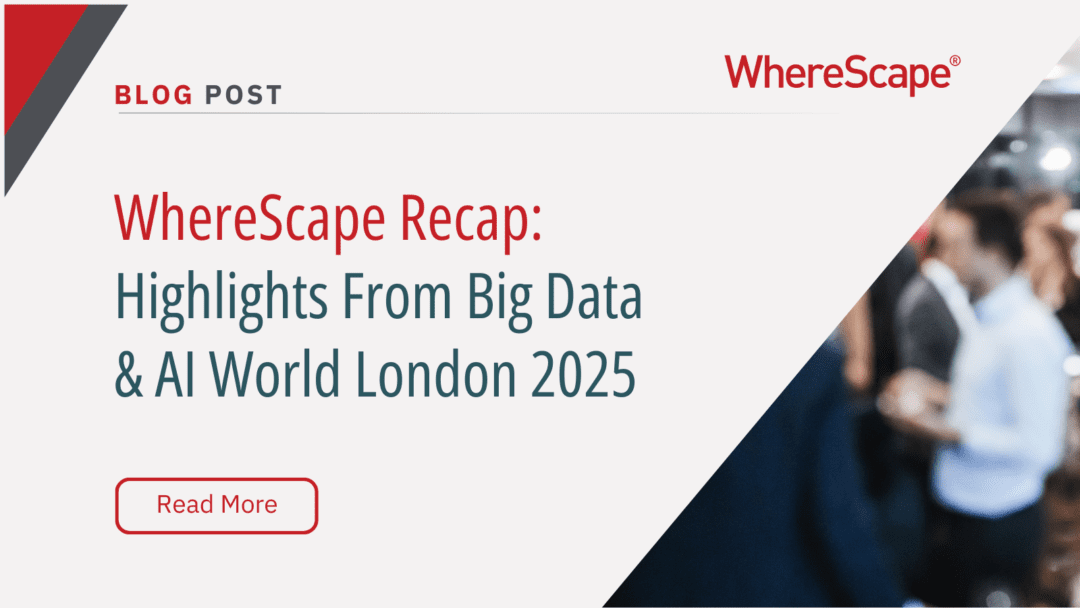
WhereScape Recap: Highlights From Big Data & AI World London 2025
Big Data & AI World London 2025 brought together thousands of data and AI professionals at ExCeL London—and WhereScape was right in the middle of the action. With automation taking center stage across the industry, it was no surprise that our booth and sessions...
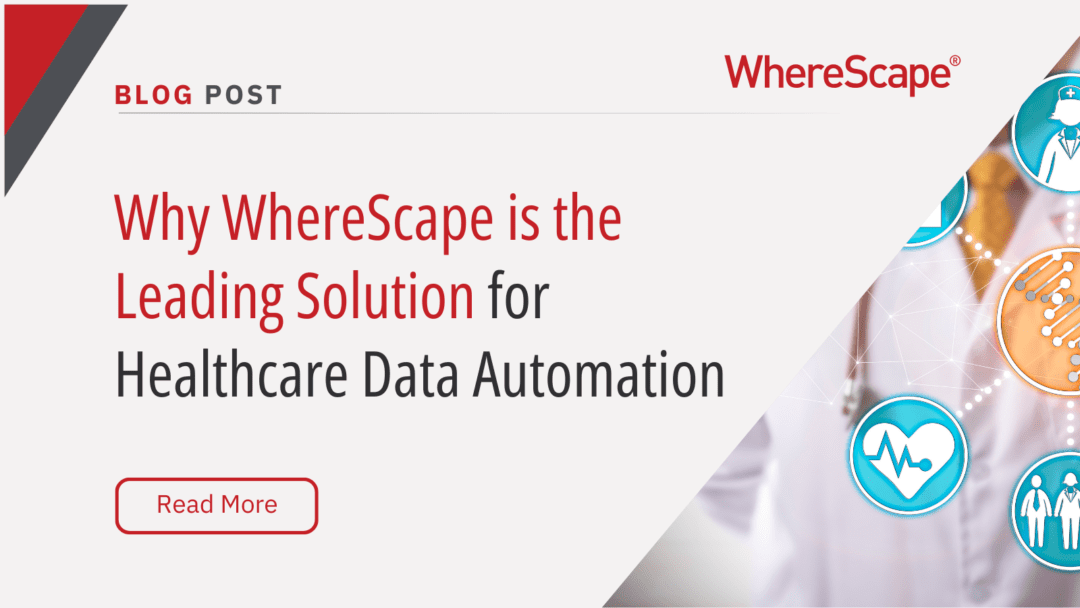
Why WhereScape is the Leading Solution for Healthcare Data Automation
Optimizing Healthcare Data Management with Automation Healthcare organizations manage vast amounts of medical data across EHR systems, billing platforms, clinical research, and operational analytics. However, healthcare data integration remains a challenge due to...
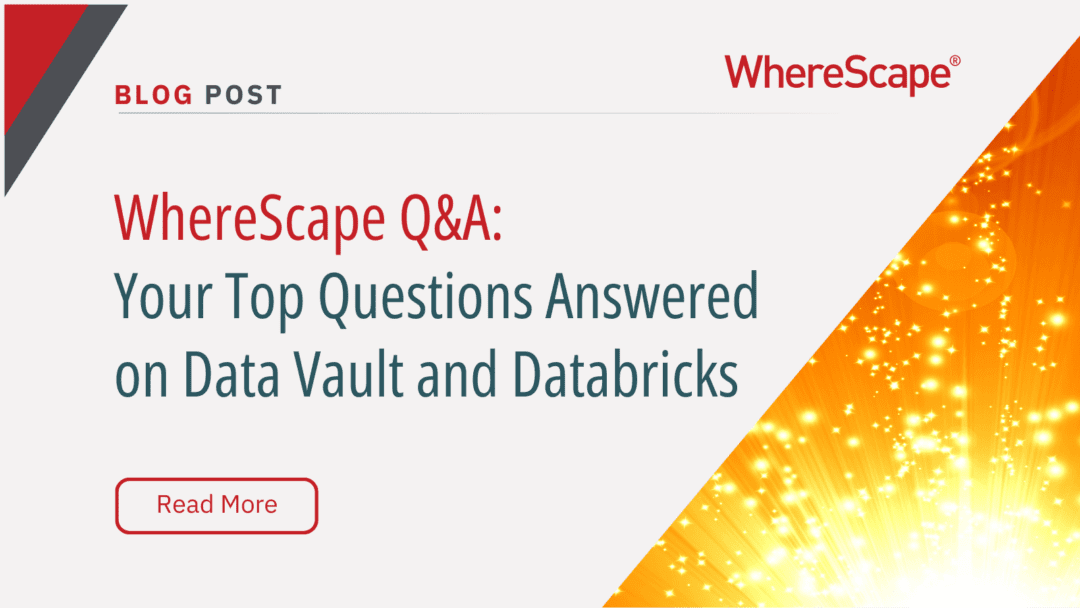
WhereScape Q&A: Your Top Questions Answered on Data Vault and Databricks
During our latest WhereScape webinar, attendees had fantastic questions about Data Vault 2.0, Databricks, and metadata automation. We’ve compiled the best questions and answers to help you understand how WhereScape streamlines data modeling, automation, and...
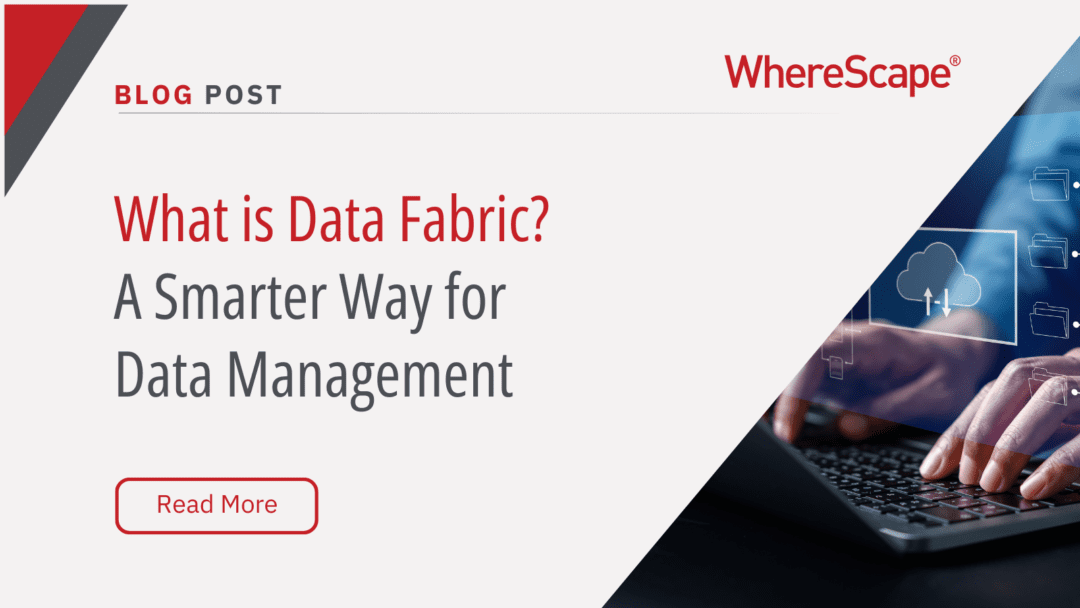
What is Data Fabric? A Smarter Way for Data Management
As of 2023, the global data fabric market was valued at $2.29 billion and is projected to grow to $12.91 billion by 2032, reflecting the critical role and rapid adoption of data fabric solutions in modern data management. The integration of data fabric solutions...

